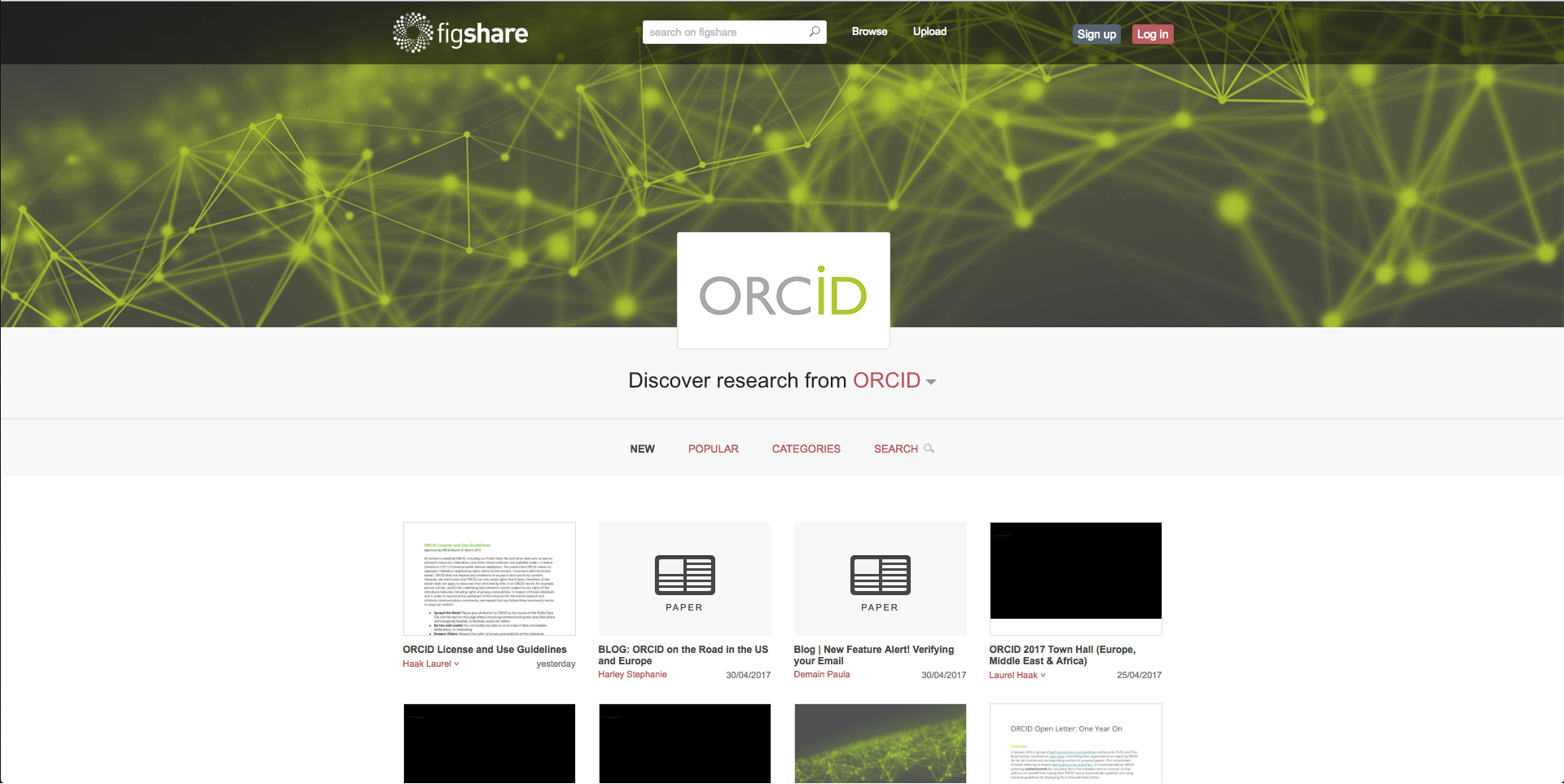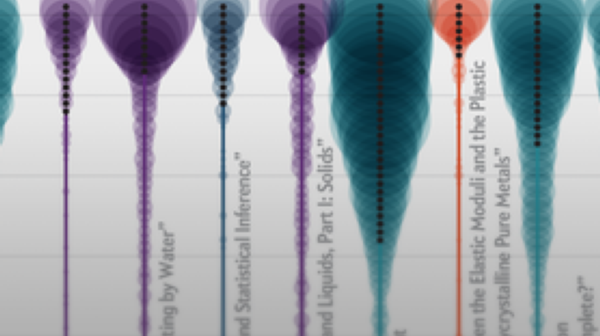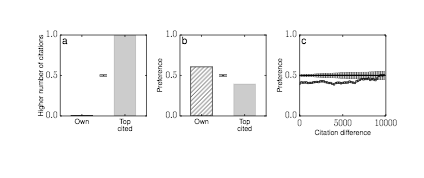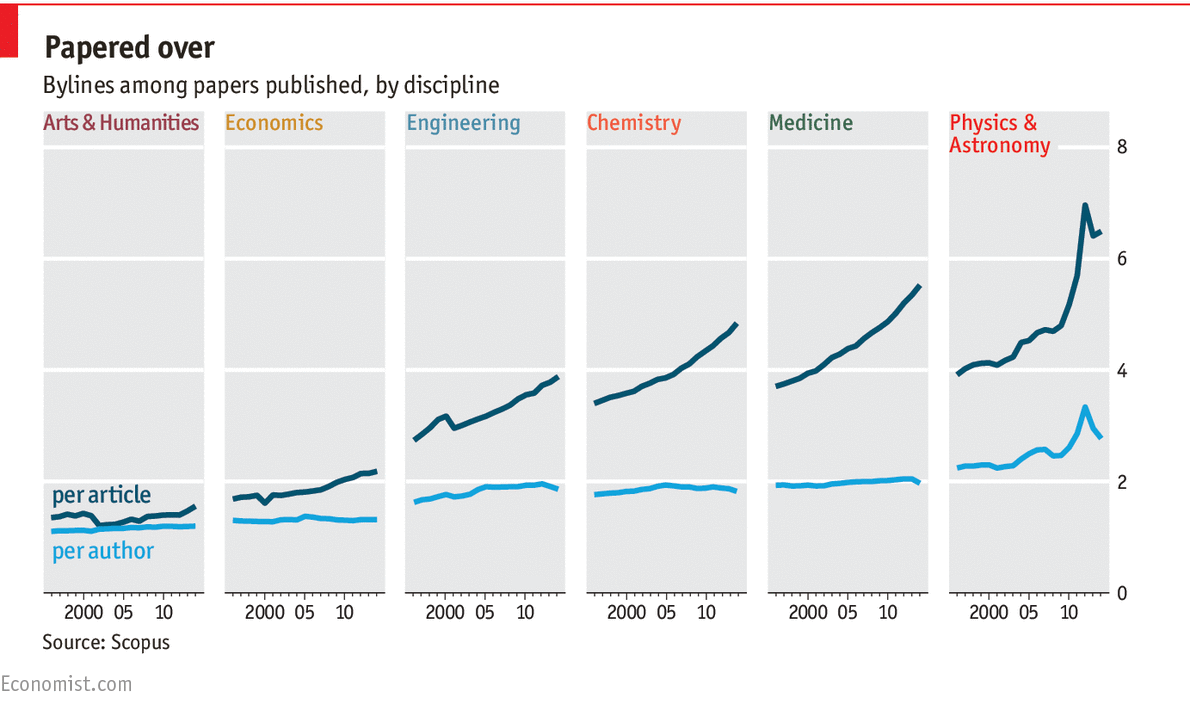Send us a link
The Quantified Self and the Gamification of Academic Research Through Social Networks
The Quantified Self and the Gamification of Academic Research Through Social Networks
ResearchGate and similar services represent a “gamification” of research, drawing on features usually associated with online games, like rewards, rankings and levels.
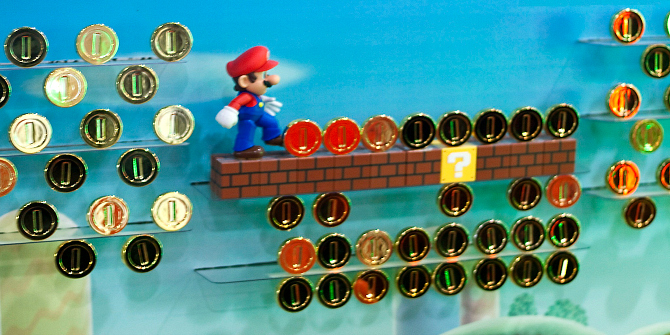
Drama Over How Eels Navigate Highlights Problems in Science Publishing
Drama Over How Eels Navigate Highlights Problems in Science Publishing
You might see science as splashy headlines and a barrage of new results—but in the background are people with emotions and ambitions, politics, and a system that promotes publishing novel findings above all. A new paper on eel navigation highlights some of these systemic troubles.

Google’s AI Explosion in One Chart
Surging investment in machine learning is vaulting Google into the scientific stratosphere.

Promoting Your Articles to Increase Your Digital Identity and Research Impact
Ten suggestions to help increase your reach and impact according to ScienceOpen.

‘Triple Impact’ for Researchers in English-Speaking Countries
Being based in an English-speaking country is the most significant factor in boosting a researcher’s likelihood of being published in a high-impact medical journal, a study has suggested.
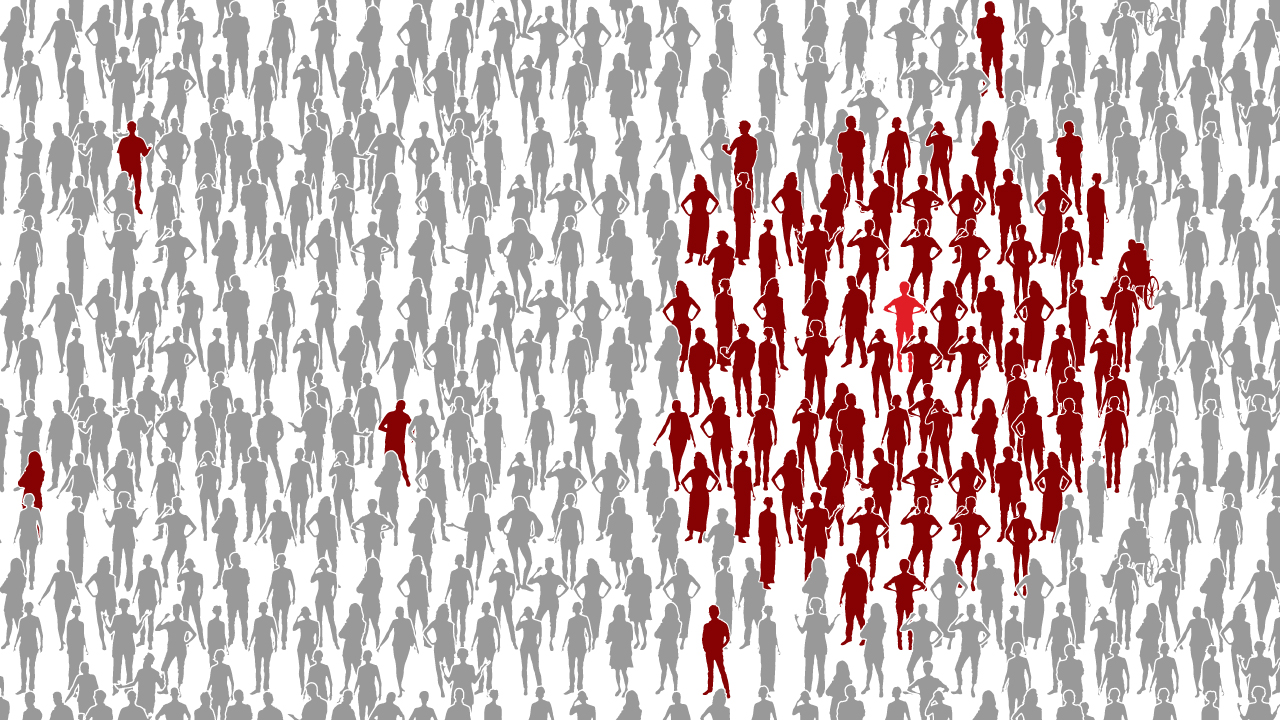
New Study Explores Disparities Between Researchers Who Publish in High-And Low-Impact Journals
New Study Explores Disparities Between Researchers Who Publish in High-And Low-Impact Journals
The growth of open access hasn't significantly changed the publishing landscape as regards impact factor.

Citations Cartels An Emerging Problem in Scientific Publishing
Groups of authors citing each other is becoming an issue in scientific publishing. With a new approach, researchers discuss how to identify the problem.
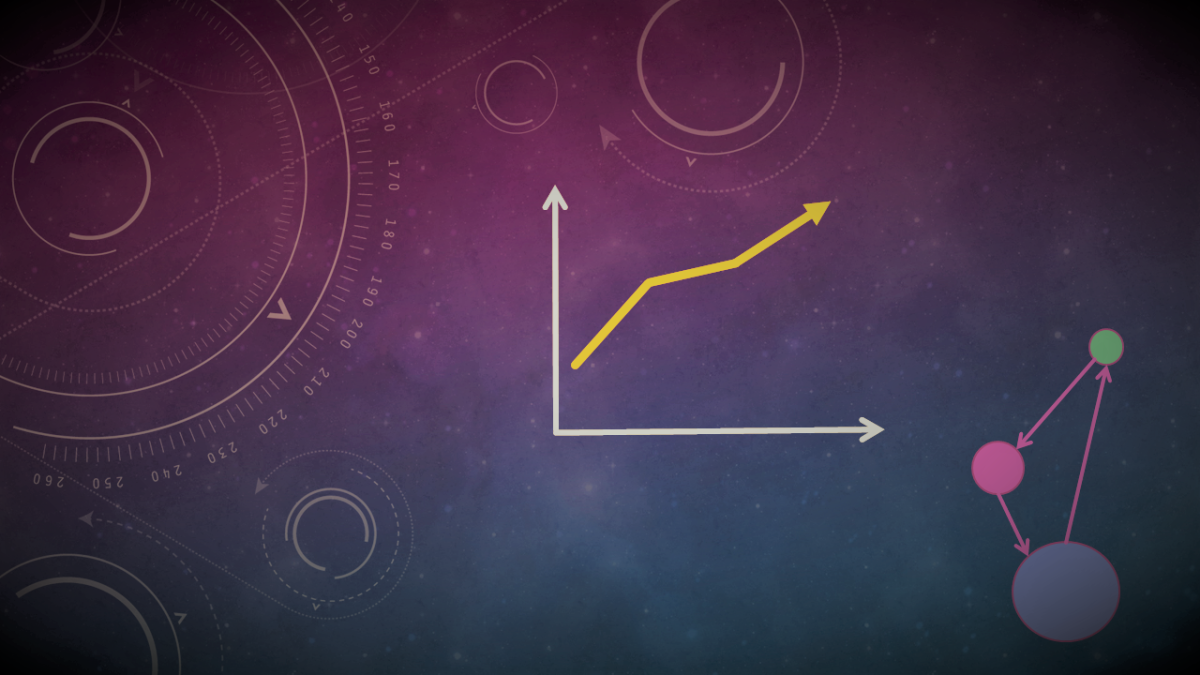
Academics Who Publish Frequently ‘Have More Highly Cited Articles’
Analysis casts doubt on fears that ‘publish or perish’ culture undermines quality.

How Many Scientific Papers Are Mentioned in Policy-Related Documents?
An empirical investigation using Web of Science and Altmetric data investigates how many papers are mentioned in policy-related documents. We find that less than 0.5% of the papers published in different subject categories are mentioned at least once in policy-related documents. Based on our results, we recommend that the analysis of (WoS) publications with at least one policy-related mention is repeated regularly (annually). Mentions in policy-related documents should not be used for impact measurement until new policy-related sites are tracked.
Altmetric's Top 100 Research Articles for 2016
What academic research caught the public imagination in 2016?
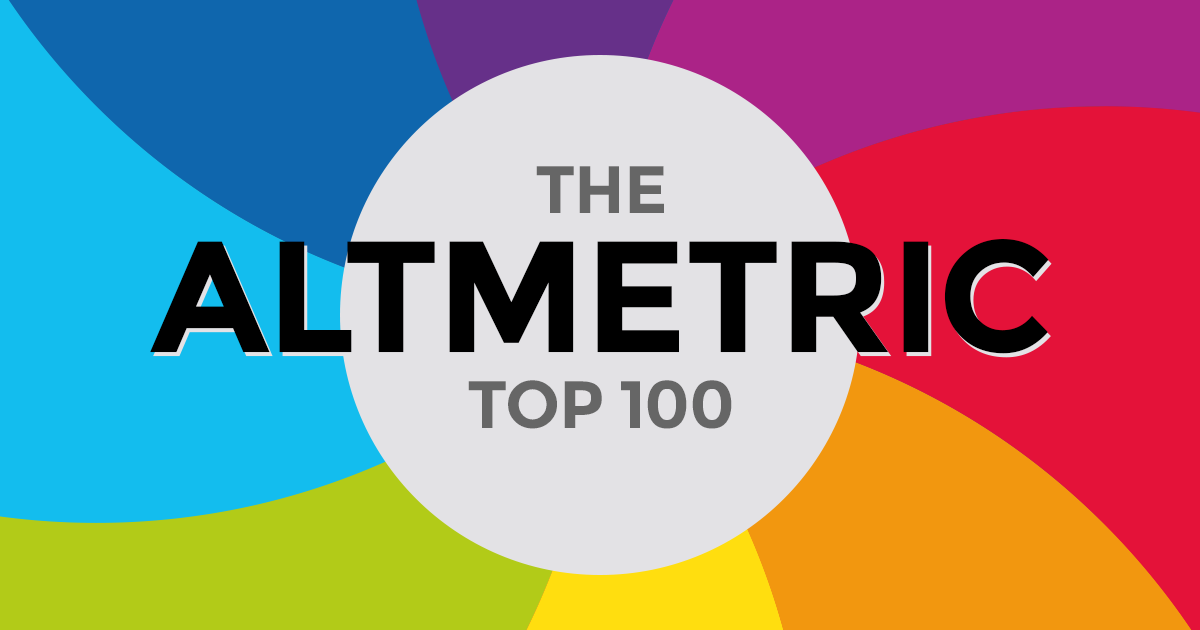
A New Impact Factor in the New Publication Landscape
The measurement of Impact Factor – how many citations a publication or a researcher is able to attract, is one of the most controversial yet most widely used quality indicators in science.
Tool to Access Bibliometrics for Papers Associated with a Portfolio
iCite allows users ti upload the PubMed IDs of articles of interest, optionally grouping them for comparison. It then displays the number of articles, articles per year, citations per year, and Relative Citation Ratio, a field-normalized metric that shows the citation impact of one or more articles relative to the average NIH-funded paper.
Why Research Papers Have So Many Authors
Scientific publications are getting more and more names attached to them
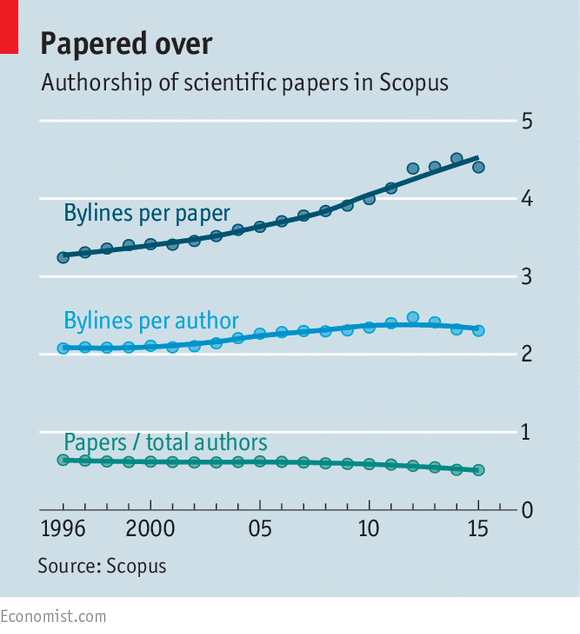
Evaluating the Non-academic Impact of Academic Research
Evaluation of academic research plays a significant role in government efforts to steer public universities. The scope of such evaluation is now being extended to include the ‘relevance’ or ‘impact’ of academic research outside the academy. We address how evaluation of non-academic research impact can promote more such impact without undermining academic freedom and research excellence.

